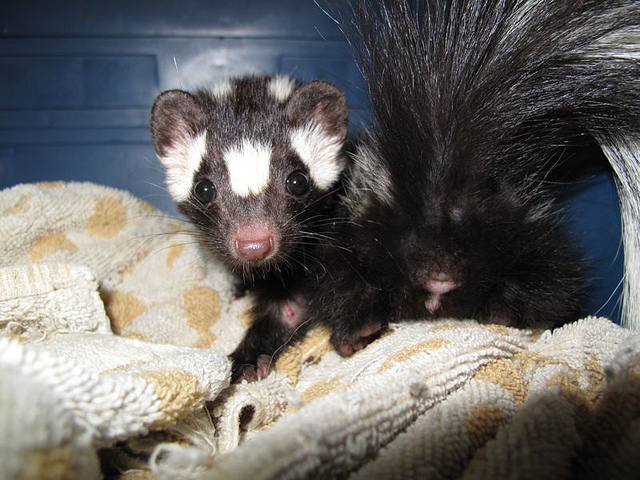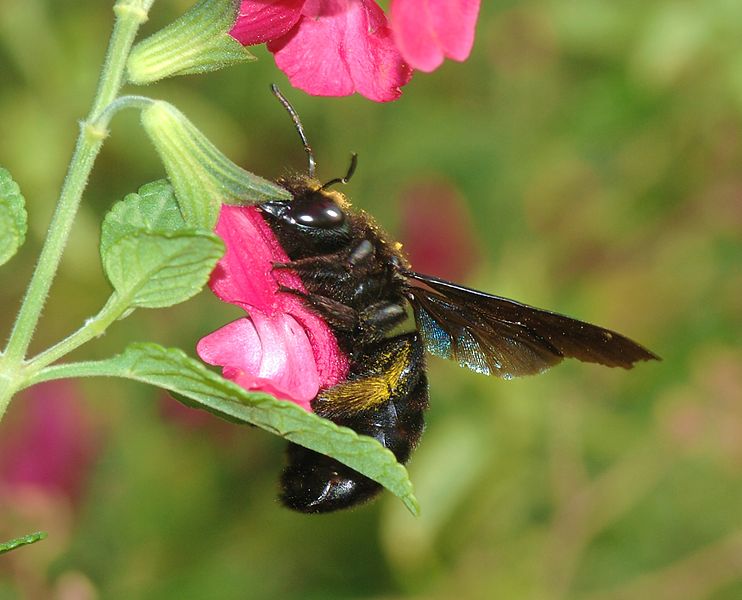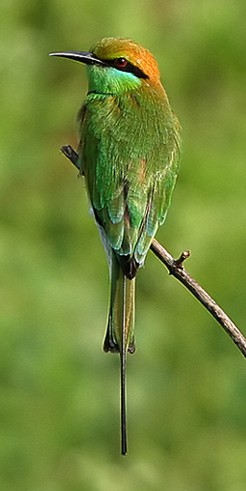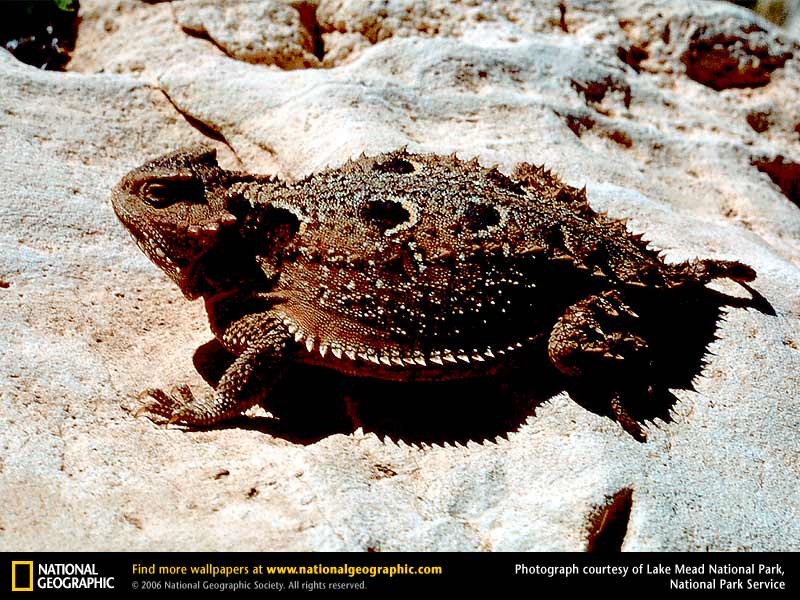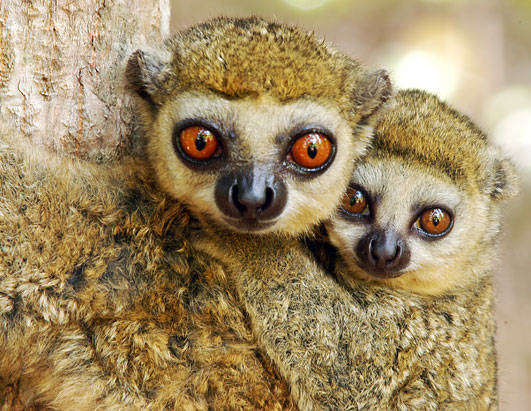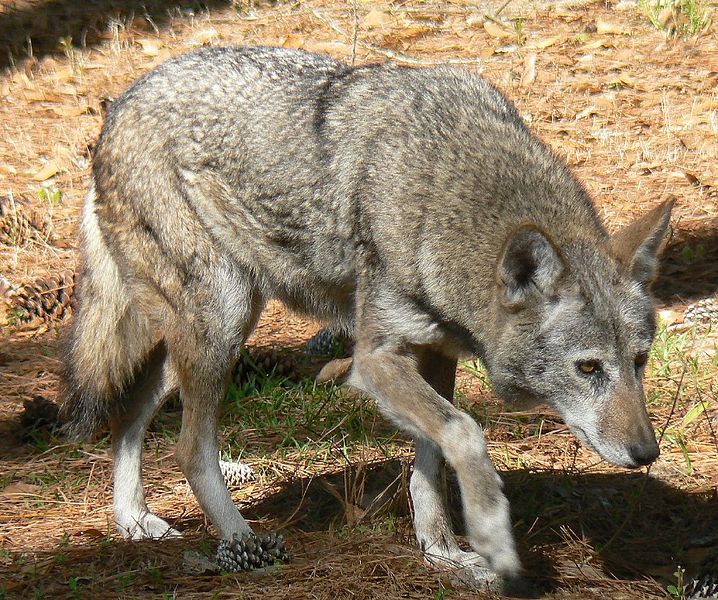
I hope your week is moving along very well as we approach the long weekend (well, in Canada it is a long weekend). So I guess for Canadians this is actually Friday’s Wild Fact. Don’t worry, I will make sure to post another one so my non-Canadian readers can have something to do on the real Friday. Today though, we are going to be talking about another animal that was thought to be extinct in the wild, however, due to re-introduction programs there are about 100 Red Wolves running around in the Southern USA. That’s right, there is something called the Red Wolf and we are going to take a few minutes to learn all about them.
The Red Wolf is smaller than the more common Gray Wolf but larger than the pesky Coyote, so I guess that makes them the middle brother. At one time, the Red Wolf roamed throughout the United States all the way from Texas to New York, however, during the 1970s we realized that they had pretty much disappeared from the wild. In an effort to bring these beautiful creatures back to the wild, a re-introduction program was started and as I mentioned, there are about 100 individuals living in North Carolina.

As you can imagine, the Red Wolf was named after the reddish-brown colour of their fur coat. You think they would have named it the Reddish-Brown Wolf. As with other wolves, the Red Wolf is also a very sociable animal and will live in packs usually containing anywhere from 2 to 10 members. Although, this particular wolf species will hunt in packs to take down larger prey, such as deer, they tend to spend most of their time hunting alone for smaller animals such as rodents, rabbits and birds. I guess when they get tired of eating rodents, they round up the posse for a real dinner. I know I would prefer deer to mice any day of the week.
Red Wolf Fast Fact – The decline of the Red Wolf population was mostly due to overhunting by humans, however, the loss of habitat was the human activity that put this wolf on the brink of extinction. Today, the Red Wolf is considered to be the 10th most endangered animal in the world. I am not sure if we should be congratulating them for this honour or not.
That does it for today’s Wild Fact. I will see you on Canada’s Day for the last fact of the week.

